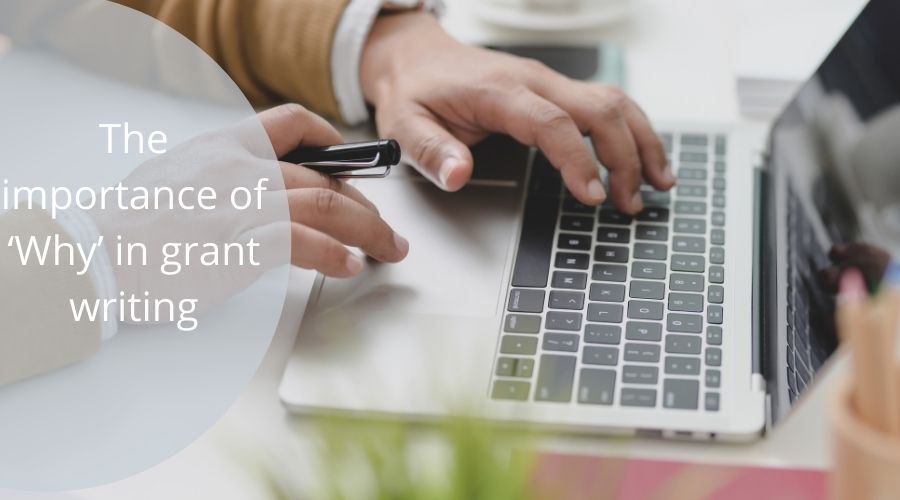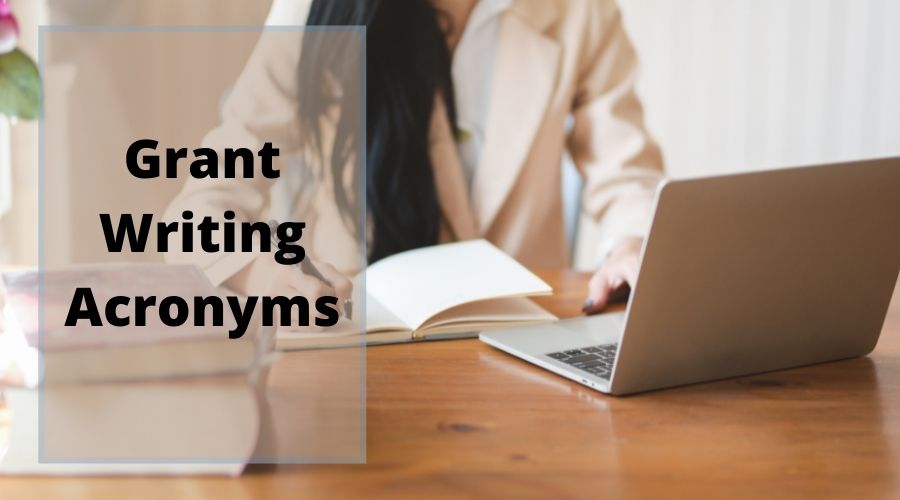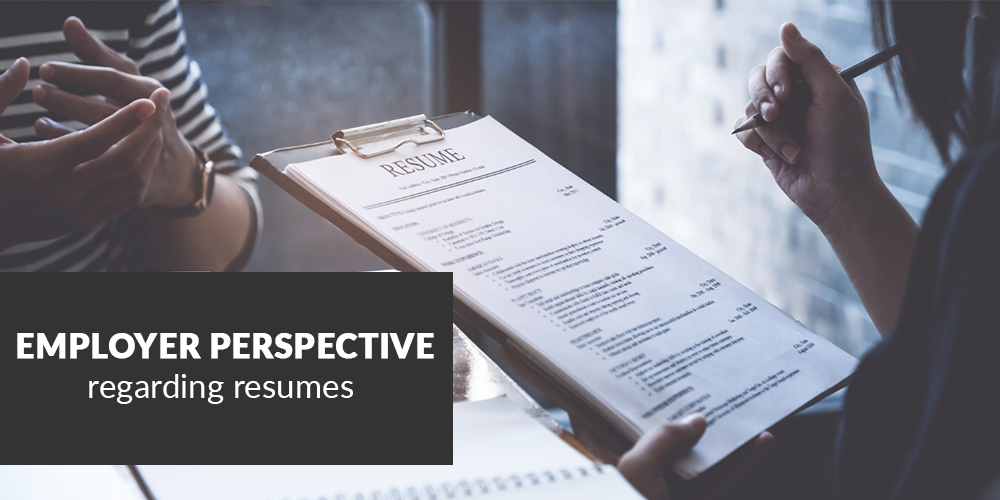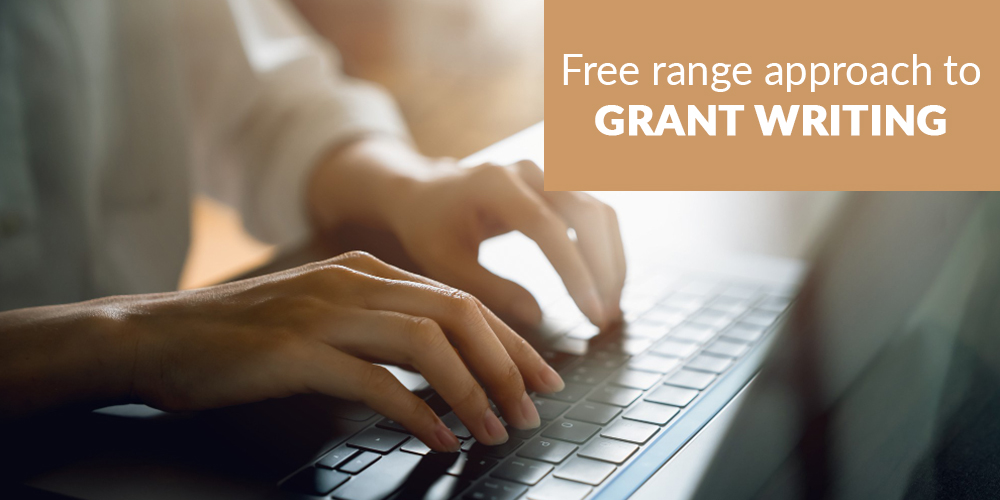As a grant writer it can be tempting to try to write the ‘perfect’ grant as soon as you commence the project.
Reality is that when grant writing it is often more effective to let creativity flow for the first draft of the application. As you read the grant invitation start writing what comes into your head in note form, bullet points or sentences. The important part of this process is to simply let your thoughts and ideas flow. They can be organised later.
As you write the first rough draft, add notes about facts or research you want to include or information you need to find out, documentation you have to read or include. It can be useful to use different coloured fonts to highlight these in your draft.
If the grant writer finds themselves struggling during this process and unable to get the sentences to form or the paragraph to be complete simply highlight them to look at later and continue moving on. This first draft – the free-range draft if you will – is all about brainstorming and following the flow of thoughts that are prompted by the grant invitation. This is your rough diamond; the cutting and polishing can come later.
On this first draft don’t try and stick to word counts or word limits. It is actually better to have too many words and be able to refine and edit than to have to add more words later. Our grant writer in Sydney can edit the free-range draft to be more specific and focused after all their ideas and thoughts are committed to either paper or screen.
When the grant writer starts editing, they can highlight the key words from the grant invitation in order to demonstrate that they have addressed each criterion in focused and specific detail.
The most effective time to write the introductory summary that will be in the grant submission is after everything else is written, edited, polished and finalised. Having written all the more detailed requirements of the grant submission such as the work plan, the benefits, the needs statement for the grant application writing the summary should be relatively easy and straight forward.
The grant writer will demonstrate clearly why the project or program funding is being sought for is important. They will provide an outline of what the need is and how it can be addressed as well as why the applicant organisation is best qualified to provide a solution for the need. This is where the grant writer is persuading and motivating the selection committee to select the organisation and their project or program to receive the funding so be persuasive and convincing.
When the free-range draft is complete the grant writer can then begin their polishing process. As part of their editing and polishing the grant writer pays attention to formatting –
- Using short sentences; short paragraphs; and bullet points rather than large blocks of information.
- Using bold headings to clearly identify each section of the grant application.
- Selecting a professional and legible font and appropriate font size for clarity and ease of reading.
- Checking word counts
The grant writer also ensures the free-range brainstorming draft has now become a professionally written grant application that is simple and concise to read. Avoid the use of jargon instead choose concise and clear language. The grant writer attaches all the requested documentation and supplies detailed information about the applying organisation or company and the core personnel who will be associated with putting the grant project into place.









